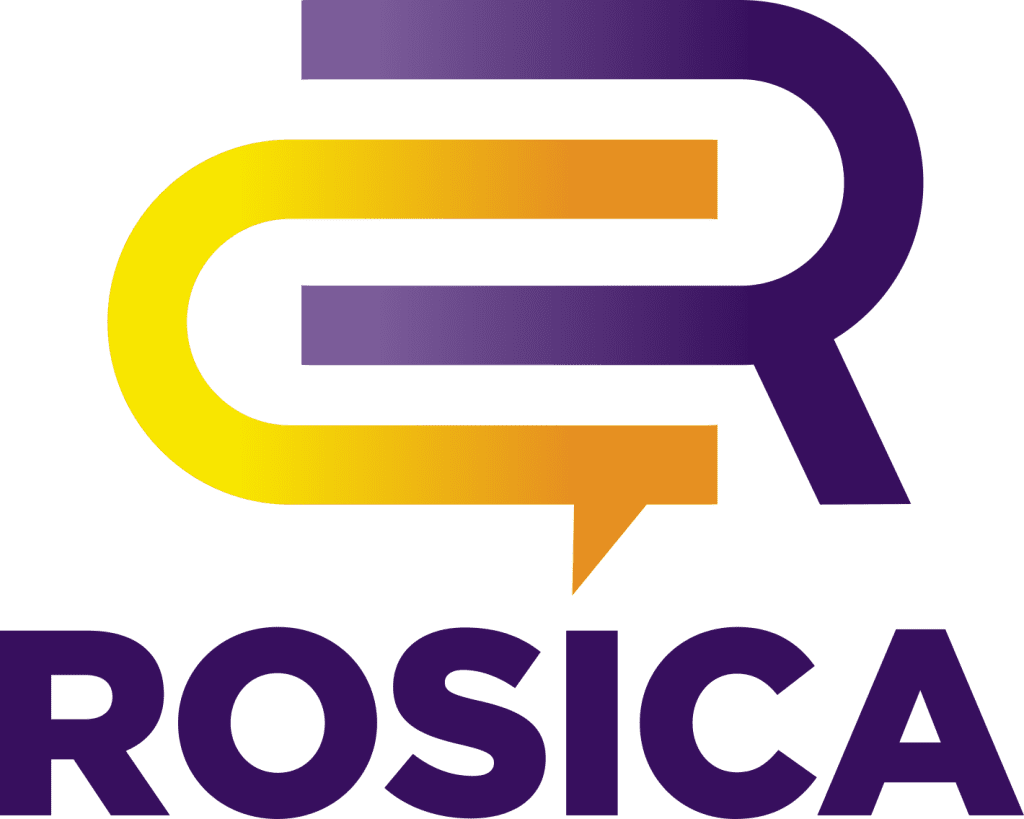Social media PR agencies have long struggled with the balance between free expression and combating misinformation. In response, companies like X (formerly Twitter) and Meta (Facebook and Instagram’s parent company) have implemented crowd-sources fact-checking features such as Community Notes on X and Meta’s third-party fact-checking services. Some people are questioning the visibility of these notes and fact-checks to the average user and whether they are effective at combating misinformation.
Skeptics are particularly relevant for PR and social media marketing agencies, which rely on these platforms to communicate client messaging. The visibility of fact-checks can impact how campaigns are perceived, influence audience trust, and determine the efficacy of digital marketing strategies.
The Role of Community Notes
Originally launched as Birdwatch in 2021, X rebranded the initiative as Community Notes to allow users to add contextual information to posts. The system aims to provide a broader perspective and counteract misinformation through community contributions. Rather than relying on traditional editorial oversight, Community Notes depend on diverse user engagement to determine whether a note is helpful and should be displayed.
Inspired by X’s initiative, Meta is implementing Community Notes across Facebook, Instagram, and Threads, gradually replacing its reliance on third-party fact-checkers. This move is positioned to enhance free expression while relying on user-generated context to address misleading content. However, the transition raises questions about the effectiveness of crowdsourced moderation compared to fact-checking by professionals, which is burdensome to say the least (practically impossible).
Effectiveness and Visibility of Community Notes
Community Notes has grown significantly, with more than 500,000 contributors globally (as of May 2024). Despite this growth, studies suggest that a significant portion of Community Notes are never displayed to users. Research from Social Media Today indicates that many notes fail to meet the visibility threshold, often leaving misinformation unchallenged.
For a note to appear, it must receive consensus from contributors with different perspectives, which can delay or prevent its publication. This requirement, while designed to ensure balanced moderation, can also reduce the system’s effectiveness in countering misinformation in real time. In fast-moving news cycles, this lag means that false narratives can spread widely before corrective notes are applied, limiting their impact.
Meta’s Transition to Community Notes and the Potential Implications
Meta’s decision to shift away from third-party fact-checking and adopt a community-driven approach aims to reduce perceptions of bias and censorship. By relying on user-generated fact-checking, Meta intends to create a more decentralized and transparent moderation system.
Critics argue that relying solely on community-driven notes may slow the response to misinformation on Meta’s platforms, allowing false content to spread before corrections are applied. Unlike professional fact-checkers who flag and contextualize misleading content, community-based moderation requires multiple user contributions and agreement before a note is displayed. This delay can make the system less effective in urgent situations, such as during elections or public health crises.
Examples of Community Notes Limitations
Reports indicate that a majority of misleading election-related posts on X did not receive corrective Community Notes, raising concerns about the system’s reliability. An investigation by the Associated Press found that even widely shared misinformation about voting and election integrity often remained uncorrected, allowing false narratives to persist unchecked.
Analyses show that Community Notes often fail to keep pace with rapidly spreading false information. Viral misinformation can amass millions of views before a note is added, and even when a correction is made, many users may not see it due to engagement-driven algorithms. This creates a significant challenge for PR and digital marketing agencies, including social media PR firms and crisis communications PR agencies (and in-house professionals) tasked with managing reputation risks in real time.
Conclusion
While Community Notes on X and Meta aim to provide a decentralized approach to fact-checking, aimed at expediting the process, their visibility and effectiveness remain somewhat inconsistent, raising concerns about their real impact on misinformation. As false narratives continue to plague the Internet and swiftly spread across social platforms, education PR agencies, nonprofit PR, animal health PR, and healthcare PR agencies must be vigilant in ensuring accurate information reaches the public in a timely fashion, particularly in matters affecting public health.
Agencies and organizations in these and other fields can benefit from strategic communications and proactive online reputation management to navigate and monitor the digital universe. It’s also imperative to keep abreast of current and evolving social media trends.
Stay Connected with Rosica Communications
For organizations navigating the complexities of online misinformation and community engagement, partnering with experienced public relations firms like Rosica is invaluable. As a leading crisis communications agency, our team specializes in strategic communications, and reputation building, ensuring that your message reaches the right audience while countering misinformation effectively.
Contact Rosica Communications for a tailored PR program designed to safeguard your brand’s credibility and maximize your impact in the digital space.

